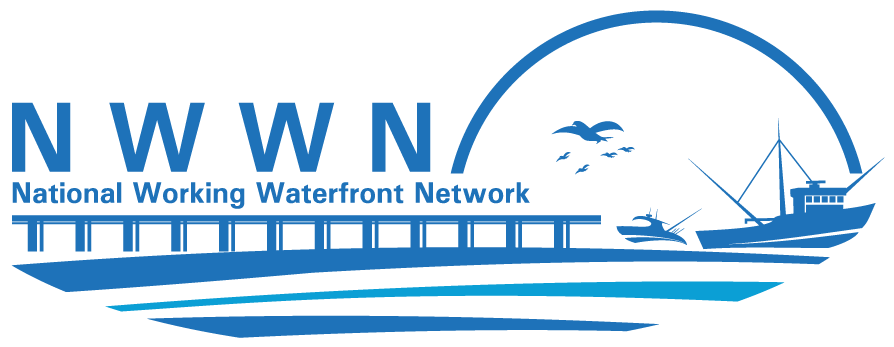Local, state, and federal tax policy can, when designed and implemented properly, help communities achieve working waterfront preservation goals. Tax policy involves two distinct elements: (1) payment of taxes and (2) expenditure of the revenue generated. Governments can take action in either or both of these areas to assist working waterfronts.
As the value of coastal real estate has increased, so has the property tax burden of coastal property owners. Whereas wealthy owners and large commercial businesses can handle these expenditures, small-scale water-dependent businesses struggle to pay taxes that are often assessed on the fair market value or “highest and best use” of the property. A change in tax policy to an ad valorem, or “current use,” tax that assesses working waterfront property based on the value of the land as it is currently being use can help communities retain these businesses. Tax abatement and tax deferral programs, which reduce or delay the payment of taxes, are also an option. These programs, however, tend to be of more limited effect. Because deferred taxes eventually have to be repaid, often with interest, these programs are often unpopular with individual taxpayers. Tax abatement programs are less political popular as they increase the tax burden on the rest of the community.
Revenue generated from a wide range of taxes (sales, property, real estate transfer) can be directed towards working waterfront initiatives. Tax revenue, for example, could be dedicated to a fund to establish a land bank for the acquisition of working waterfront property or conservation easements. Revenue could also be dedicated towards working waterfront business/economic development initiatives or community awareness and outreach programs.
Community Examples:
Recommended Resources:

